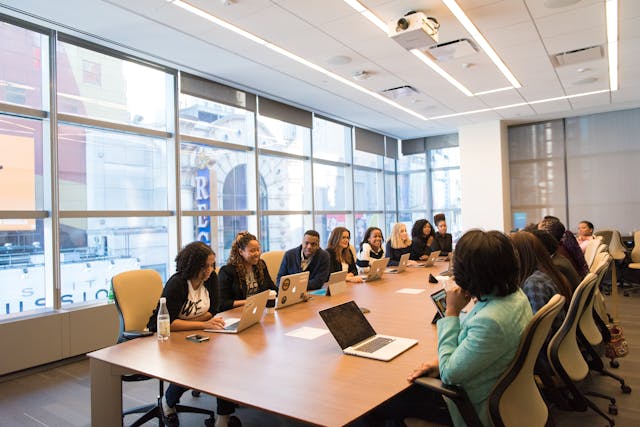Effective communication tips for corporate events
Whether you’re planning a leadership summit, a product launch, or a team-building retreat, one factor remains universally critical to its success: communication. The way information is shared before, during, and after an event can directly impact engagement, satisfaction, and overall outcomes. Yet, communication is often underestimated in the planning process. In reality, strategic messaging can elevate your event from functional to unforgettable.
 The first step toward effective event communication is understanding your audience. Are they executives with limited time, employees attending mandatory sessions, or clients with high expectations? Each group requires a tailored tone, format, and channel. Generic, one-size-fits-all messaging dilutes impact and fails to inspire action. Know who you’re talking to, and craft your message accordingly—keeping it clear, concise, and purposeful.
The first step toward effective event communication is understanding your audience. Are they executives with limited time, employees attending mandatory sessions, or clients with high expectations? Each group requires a tailored tone, format, and channel. Generic, one-size-fits-all messaging dilutes impact and fails to inspire action. Know who you’re talking to, and craft your message accordingly—keeping it clear, concise, and purposeful.
Choosing the right event partner can also improve communication significantly. An agency like Preference Events agency not only assists with logistics and design but also supports message delivery—ensuring consistency across email invites, landing pages, signage, and in-person presentations. Their experience with international audiences is particularly valuable when dealing with cross-cultural communication needs and multilingual messaging.
Timing is everything. Your communication plan should start weeks, if not months, before the event date. A well-structured timeline helps attendees understand expectations and prevents last-minute confusion. From save-the-dates to agenda reminders, consistent outreach builds momentum and trust. Use a mix of emails, calendar invites, social media updates, and mobile app notifications to reach participants where they are.
During the event, communication should be smooth, accessible, and real-time. Welcome kits, apps, printed programs, and signage all play vital roles. On-site coordinators should be well-briefed and visible, and key messages should be repeated frequently to reinforce clarity. Don’t underestimate the power of visual aids, icons, and multilingual support materials to make communication more inclusive.
It’s also essential to create channels for two-way communication. Attendees should feel encouraged to ask questions, provide feedback, and interact throughout the event. Live polls, Q&A sessions, suggestion boxes, and dedicated staff can all help open the dialogue. When participants feel heard, they become more engaged and invested in the event’s success.
Body language and tone matter just as much as the words being spoken. For speakers and facilitators, non-verbal communication can either reinforce trust or erode credibility. Rehearsals, speaker coaching, and AV checks are fundamental. Eye contact, posture, and clarity of speech all contribute to how well messages are received. Professionalism on stage translates directly to audience confidence.
Clarity and consistency are crucial across all formats. Your event theme, visual identity, and tone of voice should align in every message. Whether it’s a social media graphic or a keynote introduction, coherence reinforces brand image and helps participants stay focused. Conflicting messages or visuals create cognitive dissonance and reduce overall impact.
Follow-up is just as important as the lead-up. After the event ends, don’t let communication fade. Send personalized thank-you messages, recap videos, feedback forms, and key takeaways. This not only shows appreciation but also keeps the conversation going. Post-event communication can transform a one-time interaction into a long-term relationship.
Measuring your communication effectiveness is key to improvement. Use analytics to evaluate open rates, survey responses, social media engagement, and in-app interaction. These metrics help you identify what worked and where adjustments are needed. Great communicators are also great listeners—they use feedback to refine future messaging strategies.
Lastly, always plan for the unexpected. Communication during crises—such as schedule changes, transportation delays, or technical issues—needs to be swift, transparent, and reassuring. Prepare templates and protocols in advance so you can act quickly when challenges arise. How you handle surprises will define how your event is remembered.
When done right, communication doesn’t just support your corporate event—it defines it. It’s the thread that connects logistics, content, people, and purpose. Investing time and strategy into every word, visual, and interaction will pay off with greater engagement, smoother execution, and stronger connections.
